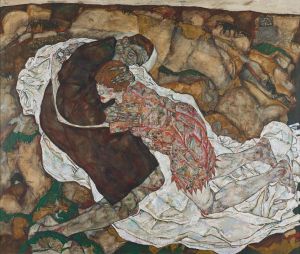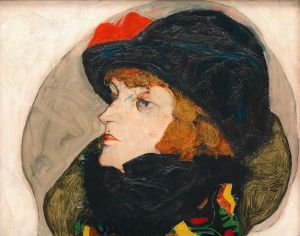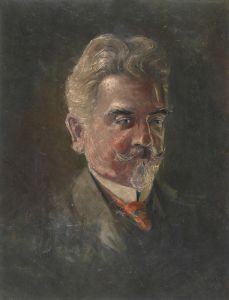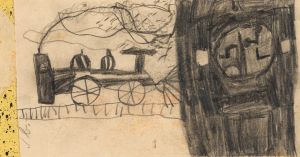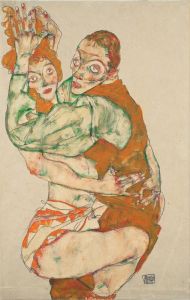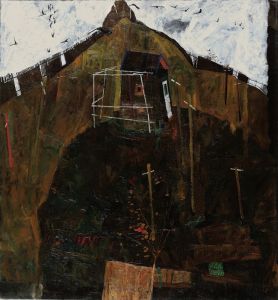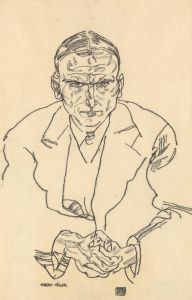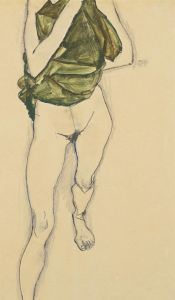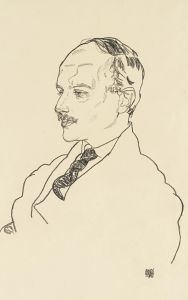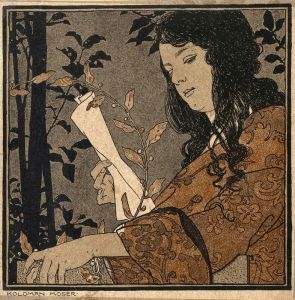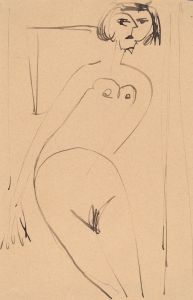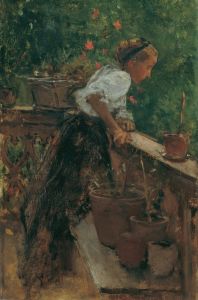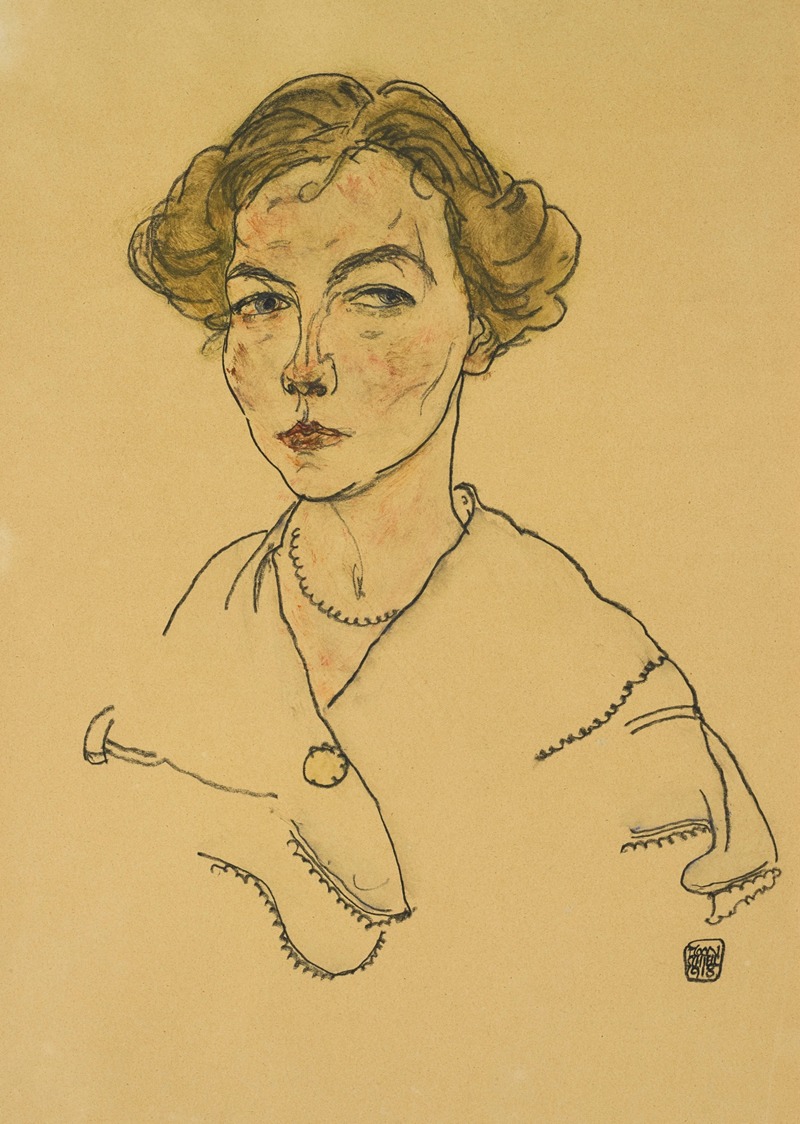
Portrait of a Woman
A hand-painted replica of Egon Schiele’s masterpiece Portrait of a Woman, meticulously crafted by professional artists to capture the true essence of the original. Each piece is created with museum-quality canvas and rare mineral pigments, carefully painted by experienced artists with delicate brushstrokes and rich, layered colors to perfectly recreate the texture of the original artwork. Unlike machine-printed reproductions, this hand-painted version brings the painting to life, infused with the artist’s emotions and skill in every stroke. Whether for personal collection or home decoration, it instantly elevates the artistic atmosphere of any space.
Egon Schiele's Portrait of a Woman is a painting created by the Austrian Expressionist artist, who is renowned for his emotionally intense and often provocative works. Schiele, a key figure in early 20th-century modern art, is celebrated for his distinctive style, characterized by bold lines, exaggerated forms, and a raw exploration of human emotion and vulnerability.
The exact date of creation for Portrait of a Woman is not definitively documented, but it is consistent with Schiele's prolific output during the 1910s, a period when he produced numerous portraits and figurative works. The painting depicts a woman, rendered with Schiele's signature expressive brushwork and attention to psychological depth. His portraits often go beyond mere physical representation, delving into the inner life and emotional state of the subject, and this work is no exception.
Schiele frequently used models from his personal life, including friends, lovers, and acquaintances, though the identity of the woman in this particular portrait is not confirmed. The artist's works often reflect his fascination with the human form, exploring themes of sensuality, mortality, and existential angst. His use of stark, angular lines and a muted yet striking color palette lends his portraits a haunting and evocative quality.
Egon Schiele's career was tragically cut short when he died at the age of 28 in 1918, a victim of the Spanish flu pandemic. Despite his brief life, he left behind a substantial body of work that has had a lasting impact on modern art. His portraits, including Portrait of a Woman, are celebrated for their ability to capture the complexities of human emotion and the fragility of existence.
Due to the lack of specific information about this particular painting, details such as its current location, provenance, or exhibition history are not readily available. However, it remains an example of Schiele's mastery in portraiture and his contribution to the Expressionist movement.






